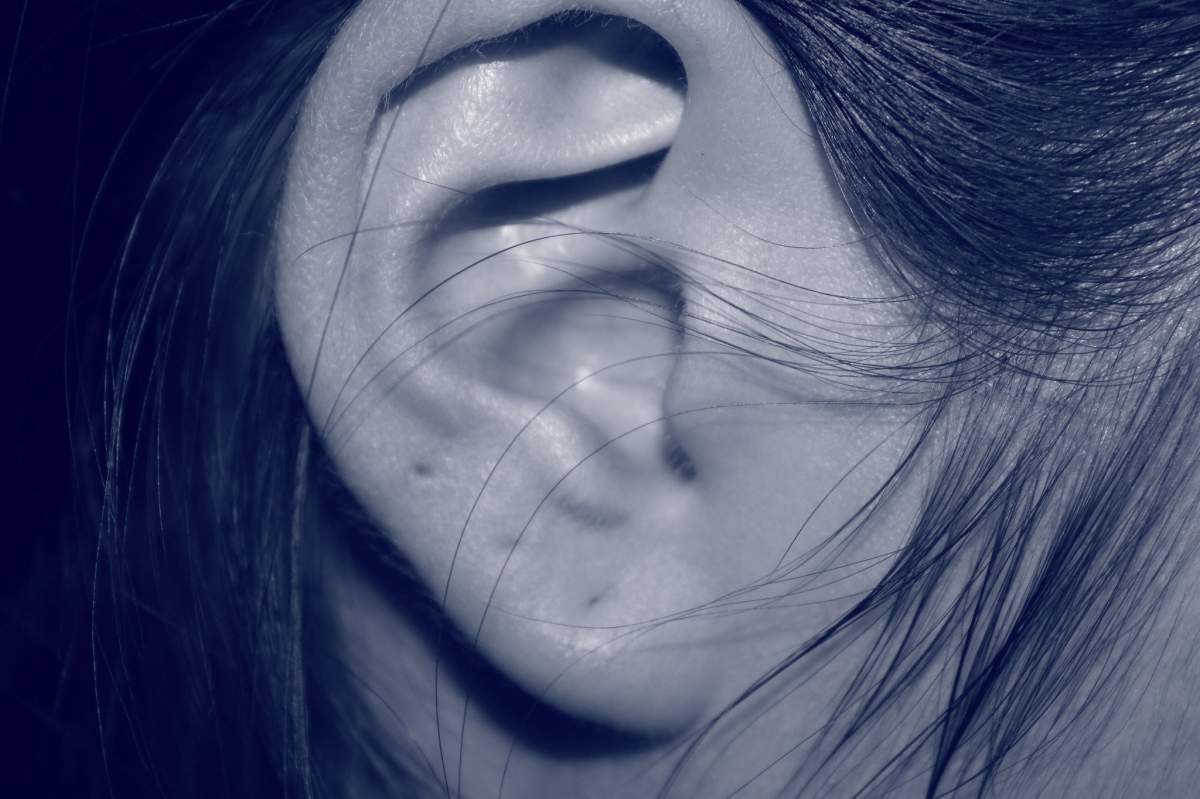
Otoacoustic emissions are noises that your ears generate and emit. When you hear a tone or noise, the noise waves are transmitted to a part of your inner ear called the cochlea.
Electrical Signals
These noises stimulate hair cells in the inner part of the cochlea that send electrical signals to your brain to be processed.
Other hair cells in the cochlea are also stimulated, and these generate waves along the membrane of the cochlea that help to amplify and fine tune the sounds you heard. These waves also get sent back out of your ear and can be heard if you amplify them.
Cochlea Health
And yes, it is possible for other people to hear the sounds your ears make. These noises tell about the functioning of your cochlea.
Audiologists use these otoacoustic emissions to see if you have damage to certain portions of your cochlea that could keep you from hearing certain frequencies, or pitches of sound.
It's surprising! Ears can feel like a one-way street: noises go in and then get interpreted by your brain. But your ears can also provide so much information about themselves without your brain's involvement.
Sources And Further Reading:
- Campbell, Kathleen MC. "Otoacoustic Emissions." MedScape. March 15, 2016. Accessed April 19, 2018.
- Cunningham, Rebekah. "Otoacoustic Emissions: Beyond Newborn Hearing Screening." Audiology Online. March 14, 2011. Accessed April 19, 2018.
- Nuttall, A.L. and Ren, T. 1995. Electromotile hearing: evidence from basilar membrane motion and otoacoustic emissions. Hearing Research 92: 170- 177.









